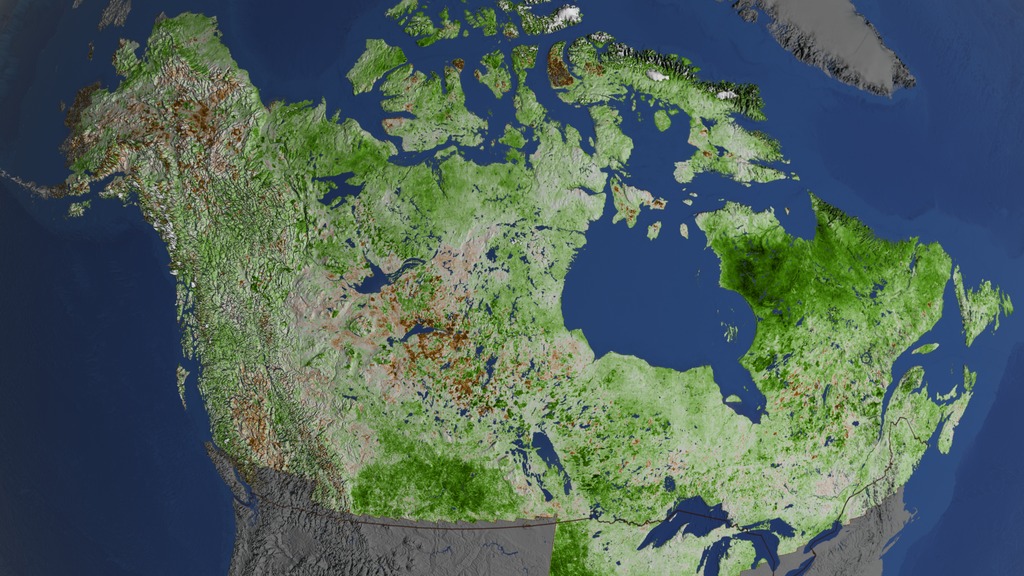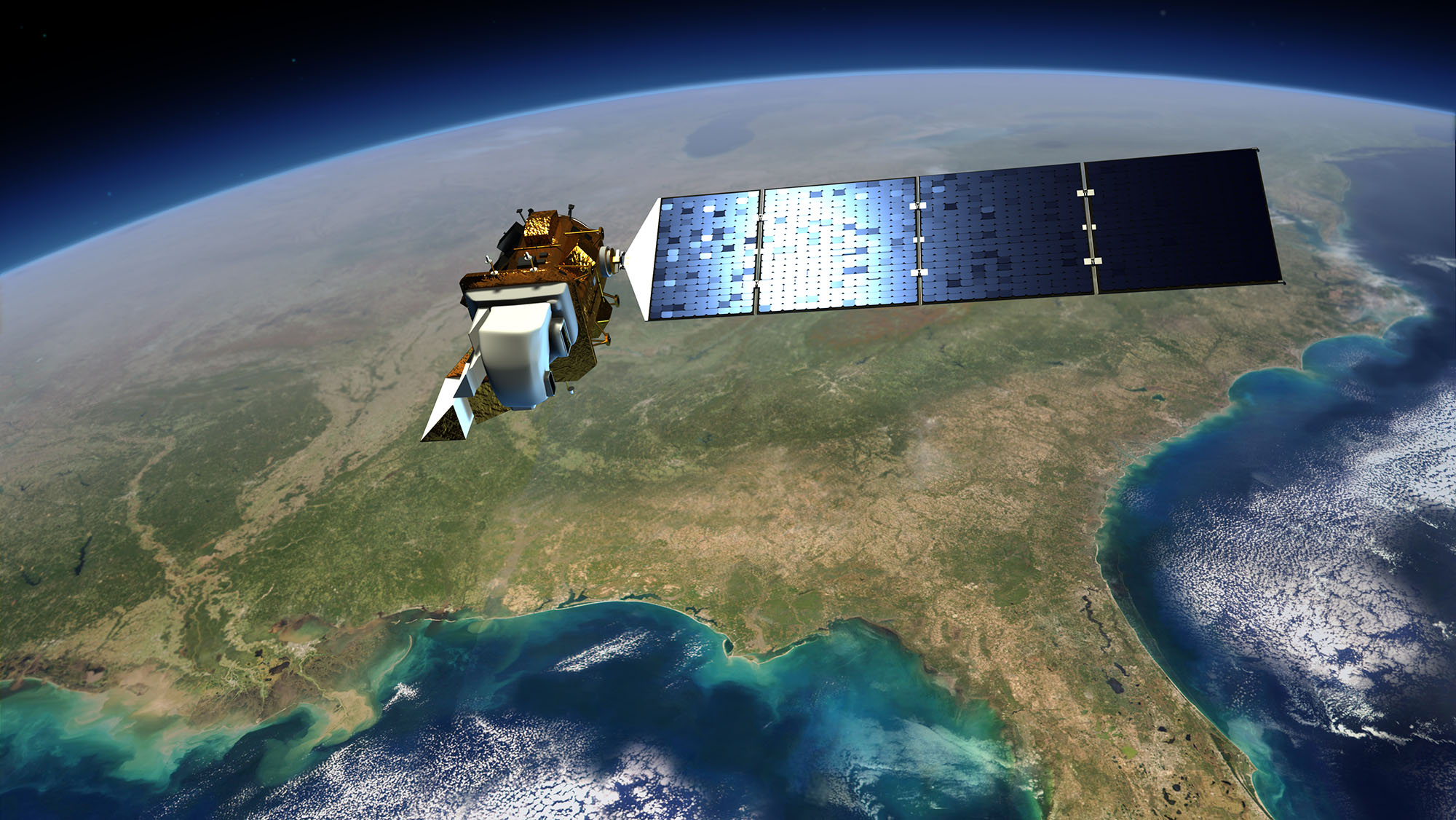The Changing Arctic

A NASA study provides the most detailed look yet at plant life across Alaska and Canada.
Temperatures are warming faster in the Arctic than anywhere else on Earth. This has led to longer growing seasons for plants at high latitudes and changes to the soils. To determine how vegetation across Alaska and Canada is responding to these conditions, scientists analyzed 29 years’ worth of measurements from USGS-NASA Landsat satellites. The satellites can identify the amount of healthy plants on the ground by detecting visible and near-infrared light reflected by the green, leafy vegetation of grasses, shrubs and trees. Scientists found that 30 percent of the landscape had an increase in vegetation between 1984 and 2012, while 3 percent showed a decline. The findings will help scientists investigate what other environmental factors might impact plant growth in the Arctic. Watch the video to learn more.
Explore how the northern reaches of North America are getting greener in this video.

Between 1984 and 2012, scientists observed grassy tundras in Alaska and Canada changing to shrublands, and shrubs growing bigger and denser.

Today, almost a third of the land cover is looking more like landscapes found in warmer ecosystems.

Scientists used data from USGS-NASA Landsat satellites collected over nearly three decades to track vegetation changes in the Arctic.
For More Information
See NASA.gov
Credits
Please give credit for this item to:
NASA's Goddard Space Flight Center
Landscape photos courtesy of NASA/P. Griffith
-
Writer
- Kate Ramsayer (Telophase)
-
Animator
- Cindy Starr (Global Science and Technology, Inc.)
-
Scientists
- Junchang Ju (USRA)
- Jeffrey Masek (NASA/GSFC)
-
Producer
- Matthew R. Radcliff (USRA)
Release date
This page was originally published on Tuesday, June 7, 2016.
This page was last updated on Wednesday, May 3, 2023 at 1:48 PM EDT.

![NASA scientists used almost 30 years of data from the NASA/USGS Landsat satellites to track changes in vegetation in Alaska and Canada. Of the more than 4 million square miles, 30% had increases in vegetation (greening) while only 3% had decreases (browning). This is the first study to produce a continent-scale map while still providing detailed information at the human scale.Music: "Alaska," by Janik Riegert [GEMA], Josh Tapen [GEMA]Watch this video on the NASA Goddard YouTube channel.](/vis/a010000/a012200/a012225/12225_Arctic_greening_MASTER_large.00140_print.jpg)
